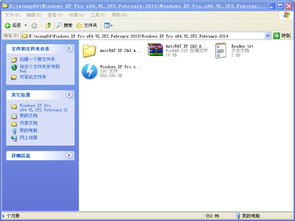Windows各个系统英文,Introduction to Windows Operating Systems: A Journey Through English Versions
Introduction to Windows Operating Systems: A Journey Through English Versions

Windows, developed by Microsoft, has been a cornerstone of the personal computing world for decades. With each iteration, the operating system has evolved to meet the changing needs of users. This article explores the various versions of Windows, highlighting their English language features and user experiences.
Windows 95: The First English OS for the Masses
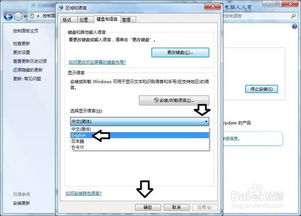
Launched in 1995, Windows 95 was a revolutionary operating system that brought a graphical user interface to the masses. It was the first Windows version to be widely available in English, making it accessible to users around the world. The introduction of the Start button and taskbar significantly changed the way users interacted with their computers.
Tags: Windows95 EnglishOS GraphicalUserInterface

Windows XP: The Golden Age of Stability
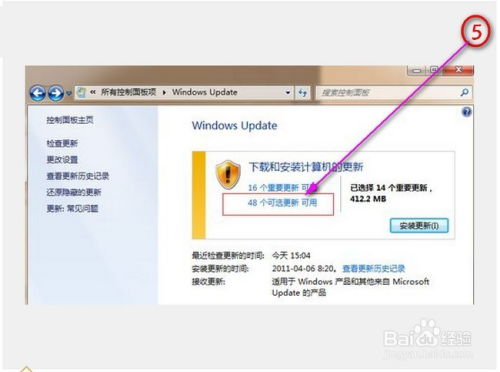
Following Windows 95, Windows XP was released in 2001. Known for its stability and user-friendly interface, XP became one of the most popular Windows versions ever. The English version of Windows XP was widely praised for its intuitive design and compatibility with a wide range of hardware and software.
Tags: WindowsXP Stability UserFriendly
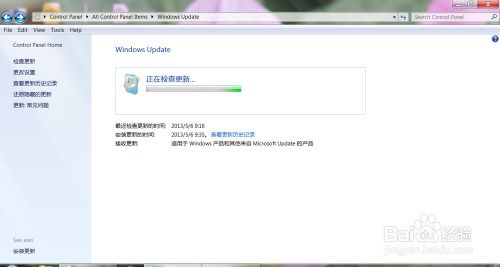
Windows 7: Aesthetics and Functionality
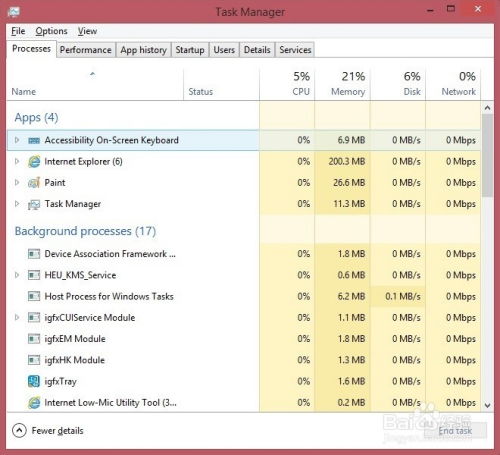
Windows 7, released in 2009, brought a fresh design and improved functionality to the Windows ecosystem. The English version of Windows 7 featured a sleek, minimalist interface and a range of new features, such as the Jump List and Libraries, which made managing files and applications more efficient.
Tags: Windows7 Aesthetics Functionality

Windows 8: The Touch-First OS

Windows 8, introduced in 2012, marked a significant shift in design philosophy with its touch-first interface. The English version of Windows 8 was designed to work seamlessly with touchscreens, but it also included a traditional desktop mode for users who preferred the classic Windows experience.
Tags: Windows8 TouchFirst DesignShift

Windows 10: The Modern OS

Windows 10, released in 2015, was a response to the mixed reception of Windows 8. The English version of Windows 10 brought back the Start menu, improved performance, and a range of new features, such as Cortana, Microsoft Edge, and Windows Hello. It also introduced the concept of Windows as a Service, ensuring regular updates and improvements.
Tags: Windows10 ModernOS RegularUpdates
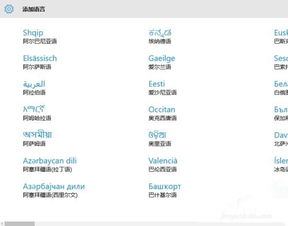
Windows 11: The Future is Here
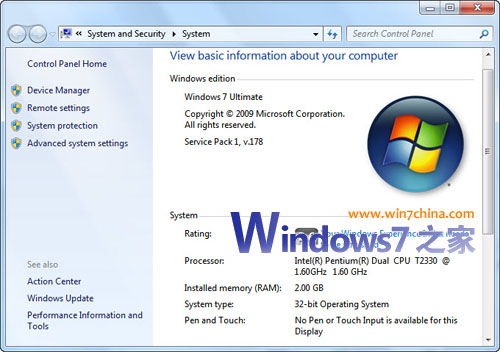
Announced in 2021 and released in 2022, Windows 11 brings a fresh, modern look and feel to the Windows ecosystem. The English version of Windows 11 introduces a new Start menu, rounded corners, and a centered taskbar. It also includes features like Snap Layouts and Snap Groups, designed to enhance productivity.
Tags: Windows11 ModernDesign ProductivityFeatures

Conclusion
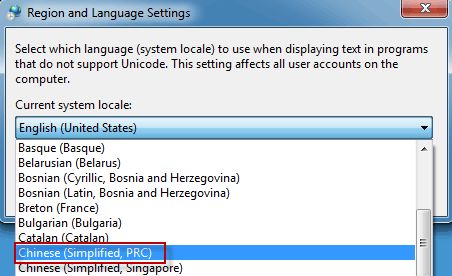
From the early days of Windows 95 to the cutting-edge features of Windows 11, the English versions of these operating systems have played a crucial role in shaping the way we use computers. Each version has brought its own set of improvements and innovations, making Windows a versatile and powerful platform for users worldwide.
Tags: WindowsHistory EnglishOS Innovation
